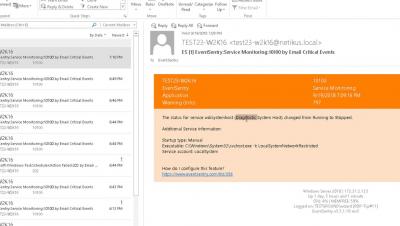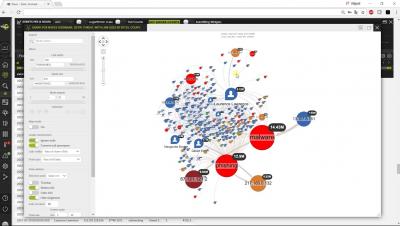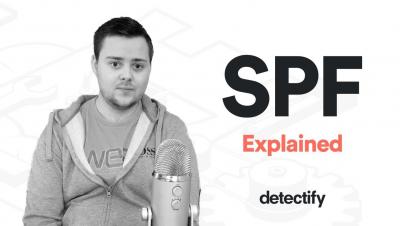Security | Threat Detection | Cyberattacks | DevSecOps | Compliance
%term
Monitoring Access to Malicious Websites
Sender Policy Framework (SPF) explained
Logsign products and services
Suggestions to business organizations regarding security operations center and log management?
Is Your Security Dashboard Ready for the Cloud?
The ability to feed key security information onto a big screen dashboard opens up many new opportunities for managing the day-to-day security and maintenance workload as well as providing a useful method of highlighting new incidents faster than “just another email alert.”
Zoho CRM and Egnyte
In today’s digital world, modern enterprises need a modern strategy for managing ongoing customer relationships. Salespeople are constantly sending out documents like quotes, sales orders, and invoices, but as processes become more complex, it becomes harder to track every document for every deal. The Egnyte Connect extension for Zoho CRM simplifies this process by providing sales teams and their customers with easy, secure access to all their documents.
Building and Evaluating a Threat Intelligence Program (Part 1)
In the previous post, we discussed the basics of Threat Intelligence and its types by throwing light on the concept of knowns and unknowns. In information security, any information which can aid the internal security team in the decision-making process and reduce the recovery time accordingly is considered as threat intelligence. This first part in this series of articles will discuss threat intelligence cycle and its importance.
2 Big Steps to Keep Electronic Health Records Secure
Many industries have sweepingly digitized their documentation in the name of efficiency – substantial efficiency. The healthcare industry created the electronic health record (EHR) in the name of efficiency as well (among other benefits). But EHRs are far from universal in the medical space. While some hospitals and practices are simply slow to adopt modern practices, the greatest barrier to the universal adoption of electronic health records is privacy and security.
AI and ML: Key Tools in Emerging Cybersecurity Strategy and Investment
Recently, the Defense Advanced Research Project Agency (DARPA) announced a multi-year investment of more than $2 billion in new and existing programs in artificial intelligence called the “AI Next campaign. Agency director, Dr. Steven Walker, explained the implications of the initiative: “we want to explore how machines can acquire human-like communication and reasoning capabilities, with the ability to recognize new situations and environments and adapt to them.”











